Parc Waryong (와룡공원)
2.7Km 2020-07-15
192, Waryonggongwon-gil, Jongno-gu, Seoul
+82-2-2148-2845
Situé à Myeongryun-dong (Séoul), et établit en 1984, le Parc Waryong se trouve près de Malbawi, l’un des plus beaux endroits pour admirer Séoul. Le Parc est proche de destinations touristiques naturelles telles que les Parcs Samcheong et Changgyeong et le Mont Bukak.
Bien qu’il fut difficile d’y faire pousser des arbres (de même dans d’autres parties du pays) en raison de la platitude du sol, de nombreux citoyens participèrent à une campagne nationale pour en planter plus de dix millions à travers le pays. Cela a eu pour effet de transformer des endroits tels que Waryong en des zones luxuriantes remplies de plantes à fleurs.
Les fleurs du printemps font jaillir les assortiments de couleurs des cerisiers, des fleurs d’abricotiers, des azalées et des forsythias, faisant du parc une destination populaire pour les familles. Il y a aussi une variété d’excellentes installations : des terrains de badminton, des lieux pour l’aérobic, des équipements pour le fitness, et des pavillons, merveilleux pour les exercices, la marche ou pour simplement se reposer.
Un célèbre chemin de randonnée, entre la Muraille de Séoul et le Parc Samcheong, passe à travers le parc. Bordé de cerisiers, ce chemin attire une foule d’amoureux de la nature toute l’année mais particulièrement au printemps. Il passe aussi par la Muraille au Mont Bukak.
Temple Myogaksa (묘각사)
2.7Km 2018-12-25
31, Jong-ro 63ga-gil, Jongno-gu, Seoul-si
Le Temple Myogaksa est situé à l’est du Mont Naksan à Sungin-dong, Jongno-gu, Séoul. D’abord établi par le Moine Taeheo Hongseon en mai 1930, il s’est depuis élargi et a subi deux rénovations.
La localisation du temple fut basée selon les principes du Feng Shui, lesquels indiquent qu’un temple construit à cet endroit apporterait paix et confort aux résidents de Séoul. Le complexe contient un sanctuaire Daebul (Grand Bouddha), un sanctuaire Wontong, une salle de prêche Nakga, la grotte Seokgulam, Sanshingak (Pavillon de l’Esprit de la Montagne), ainsi que la statue de Mae Bouddha. Les sanctuaires Daebul et Wontong sont deux chefs d’oeuvres d’architecture bouddhiste. La statue de Bouddha, située dans la grotte Seokgulam, fut construite au 9 ou 10ème siecle et fut désignée trésor culturel national. Celle de Mae Bouddha fut taillée dans les falaises rocailleuses du Mont Naksan et fut désignée bien culturel de la ville de Séoul.
Depuis la Coupe du Monde de Football 2002, lorsque Myogaksa commença à opérer son programme de séjour au temple, il est devenu un endroit merveilleux où les touristes et locaux peuvent s’echapper de l’animée Séoul et découvrir la sérénité du Bouddhisme.
Bon PALETE (봉파레트)
2.8Km 2021-03-29
57-1, Seongbuk-ro, Seongbuk-gu, Seoul
+82-2-766-0827
You can enjoy delicious meals at a hanok restaurant. This Western dishes restaurant is located in Seongbuk-gu, Seoul. The representative menu is seafood pasta.
bon PALETE(봉파레트)
2.8Km 2020-12-24
57-1 Seongbuk-ro Seongbuk-gu Seoul
+82-2-766-0827
You can enjoy delicious meals at a hanok restaurant. This Western dishes restaurant is located in Seongbuk-gu, Seoul. The representative menu is seafood pasta.
Goobok Mandu (구복만두)
2.8Km 2021-04-01
10, Duteopbawi-ro, Yongsan-gu, Seoul
+82-2-797-8656
Operated by Korean husband and Chinese wife, it offers traditional authentic Chinese dumplings in a small place. Its signature menu, dumpling, passed down to the owner by her grandmother, features different tasty and texture comparing with Korean-style dumpling.
Stay Passport – Sindang Ryokan (스테이 패스포트 신당 료칸)
2.8Km 2025-05-07
33, Nangye-ro 11-gil, Jung-gu, Seoul
Jardin botanique de Namsan (남산 야외식물원)
2.8Km 2022-12-16
323, Sowol-ro, Yongsan-gu, Seoul
+82-2-798-3771
Ce jardin inauguré le 18 février 1997 a été bâti sur le site du quartier résidentiel étranger de Hannam-dong à Yongsan-gu, démoli en 1994. Le jardin possède une surface de 59 241 m² où poussent 117 132 végétaux de 269 espèces différentes organisés en 13 espaces thématiques. On compte parmi eux 60 912 pins de 129 sortes, et 56 220 anémones sauvages de 140 sortes.
Jihwaja (지화자)
2.9Km 2021-01-08
125, Jahamun-ro, Jongno-gu, Seoul
+82-2-2269-5834
Operated by a “Living Treasure Of Korean Royal Cuisine” since 1991, Jihwaja is a high-class traditional Korean restaurant located in the center of downtown Seoul. It has enjoyed a high reputation as the finest restaurant that preserves “The Legitimacy of Korean Royal Cuisine,” the essence of the Korean food culture. Jihwaja resembles the sophisticated ambiance of the neighborhood that captures the beauty of the Joseon dynasty. The restaurant offers very healthy and nutritious dishes as they are prepared with only natural ingredients and royal culinary techniques, without using any MSG, artificial flavors or additives. Jihwaja offers a dining experience like no other through a meal fit for kings and queens and food storytelling.
Jihwaja is committed to promote Korea's authentic traditional food culture - Korean Royal Cuisine - across the world for generations.
La Cucina (라 쿠치나)
2.9Km 2019-08-01
10, Hoenamu-ro 44ga-gil, Yongsan-gu, Seoul
+82-2-794-6005
La Cucina, located across from the main gate of the Grand Hyatt Seoul, is an Italian restaurant that opened in 1990. The kitchen of the restaurant is divided into five different sections each offering its own carefully selected cuisine. The main menu includes lobster spaghetti, Mediterranean seafood spaghetti and grilled lamb.
The restaurant offers over 700 bottles of wine from its cellar located in the basement of the restaurant. An in-house sommelier will assist you in choosing the best wine. At night, you may enjoy a fantastic view of the Namsan Seoul Tower while dining out on the terrace.
Vallée de Suseong-dong (수성동계곡)
2.9Km 2025-04-18
185-3, Okin-dong, Jongno-gu, Seoul
Les courants d'eau de la vallée Suseong-dong s'écoulent du mont Inwangsan pour rejoindre la rivière Cheonggyecheon. Le site apparaît dans la peinture "Jangdong Palgyeongcheop" tout comme dans des récits historiques datant de la dynastie Joseon.
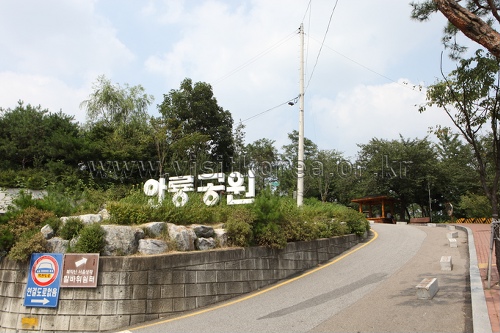
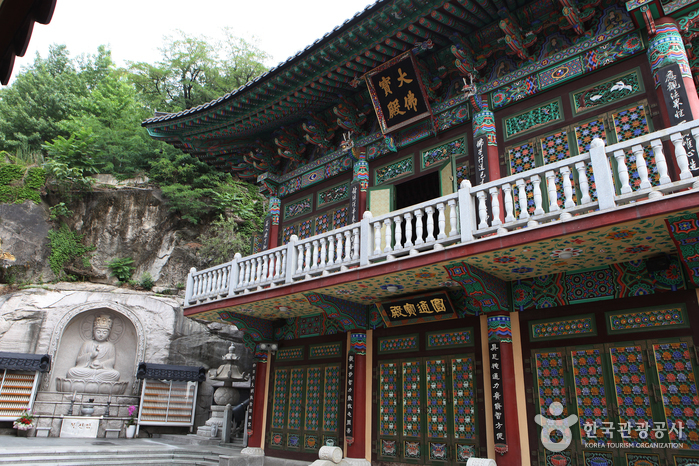
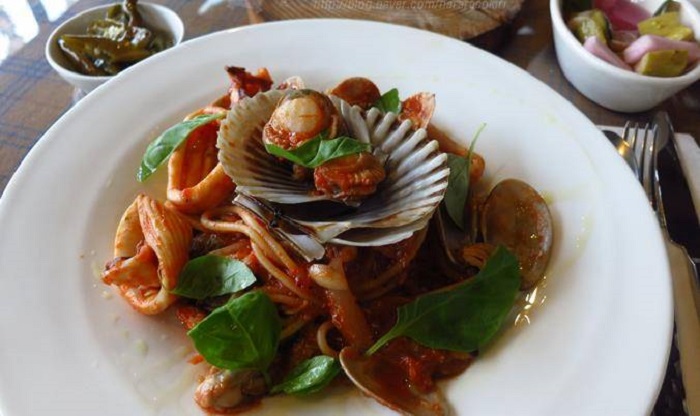
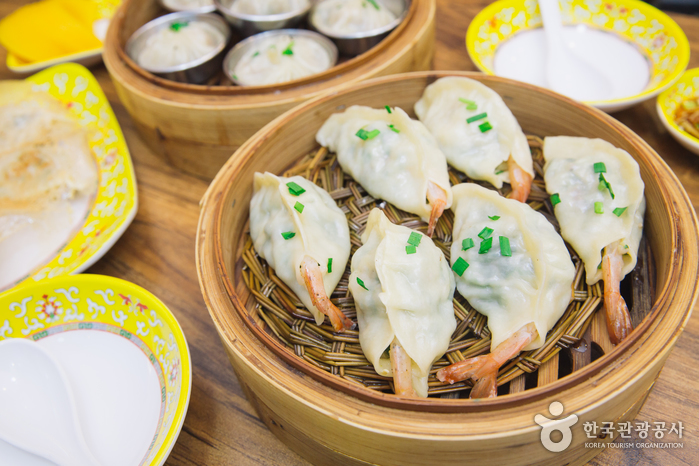
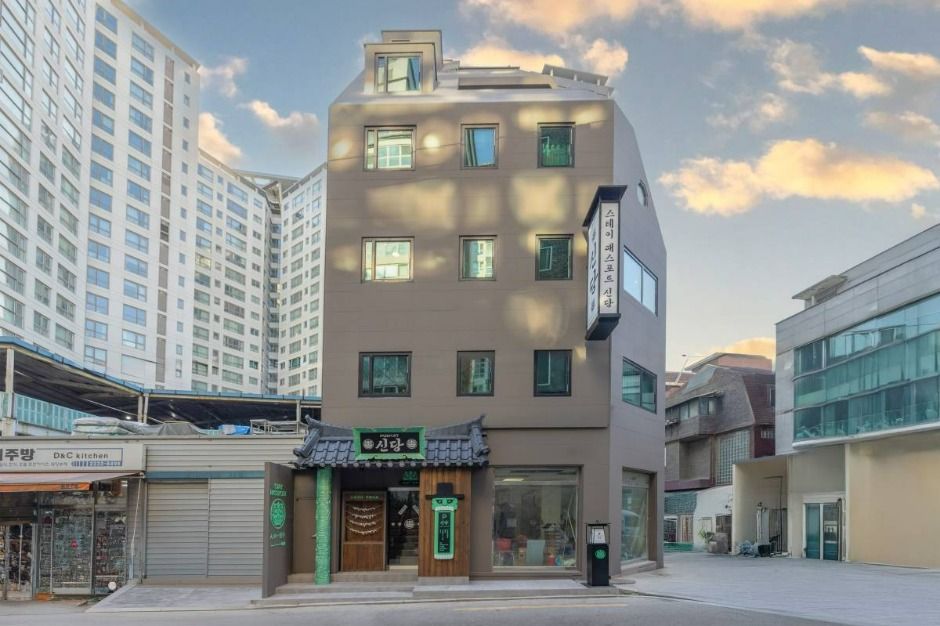

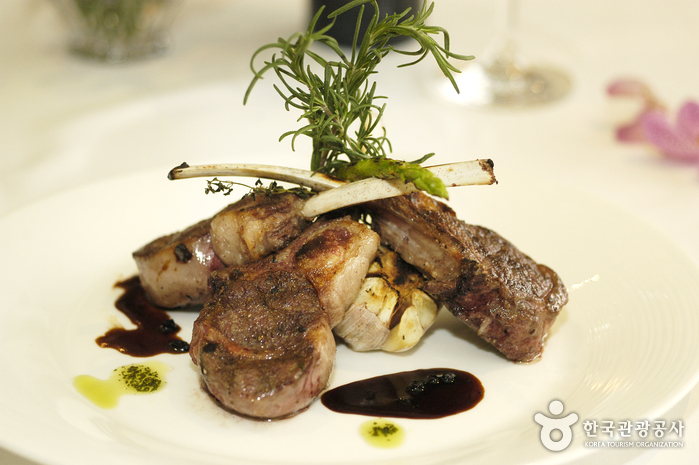
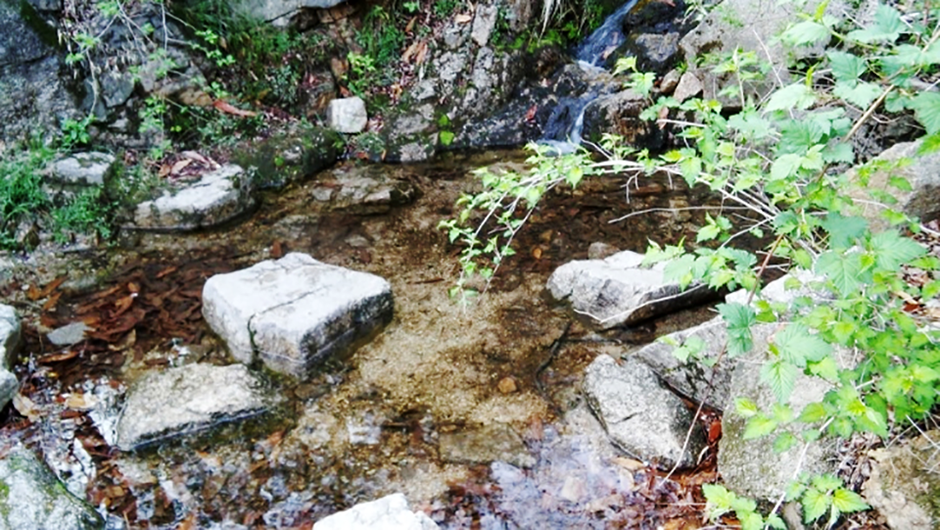
 Français
Français
 한국어
한국어 English
English 日本語
日本語 中文(简体)
中文(简体) Deutsch
Deutsch Español
Español Русский
Русский